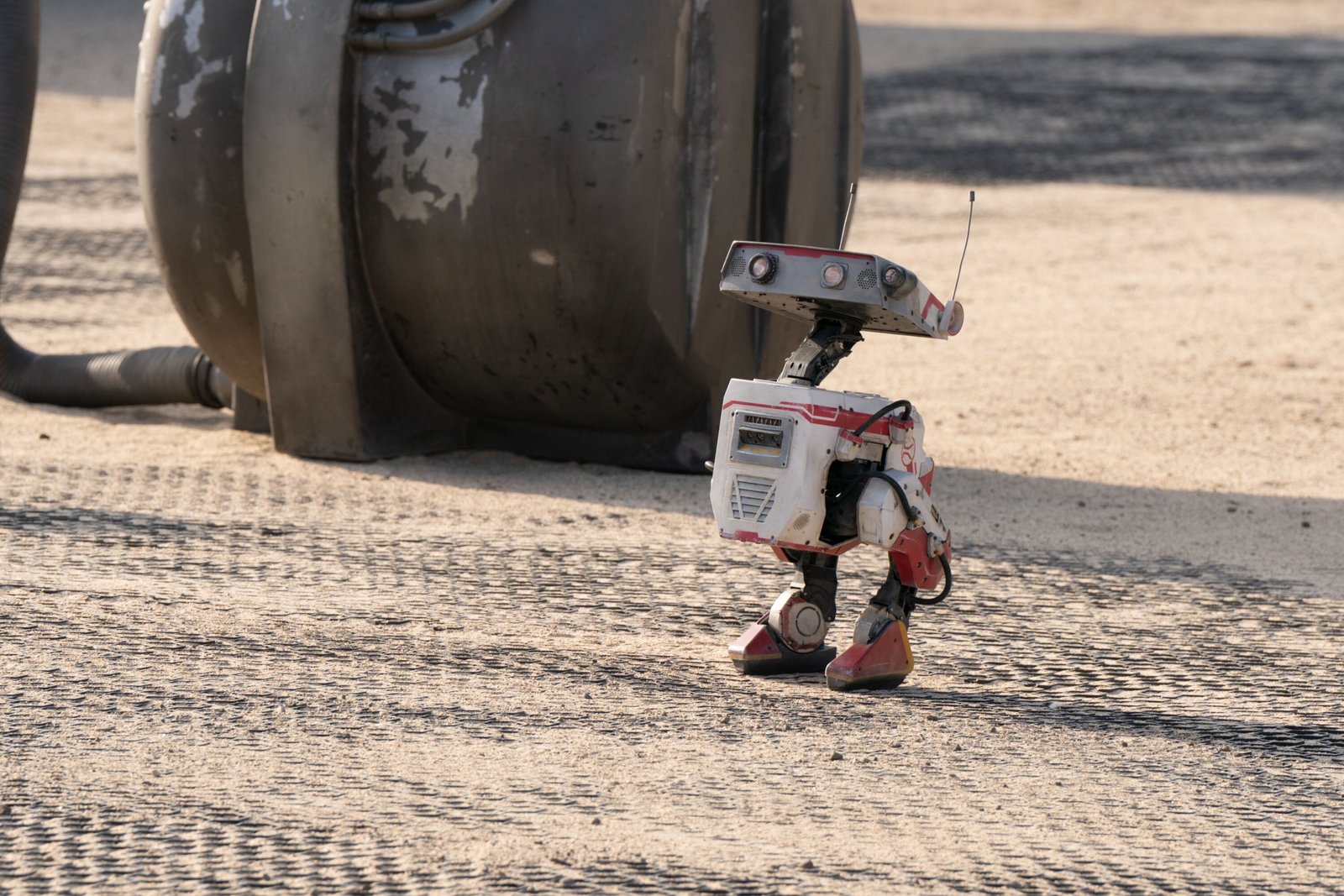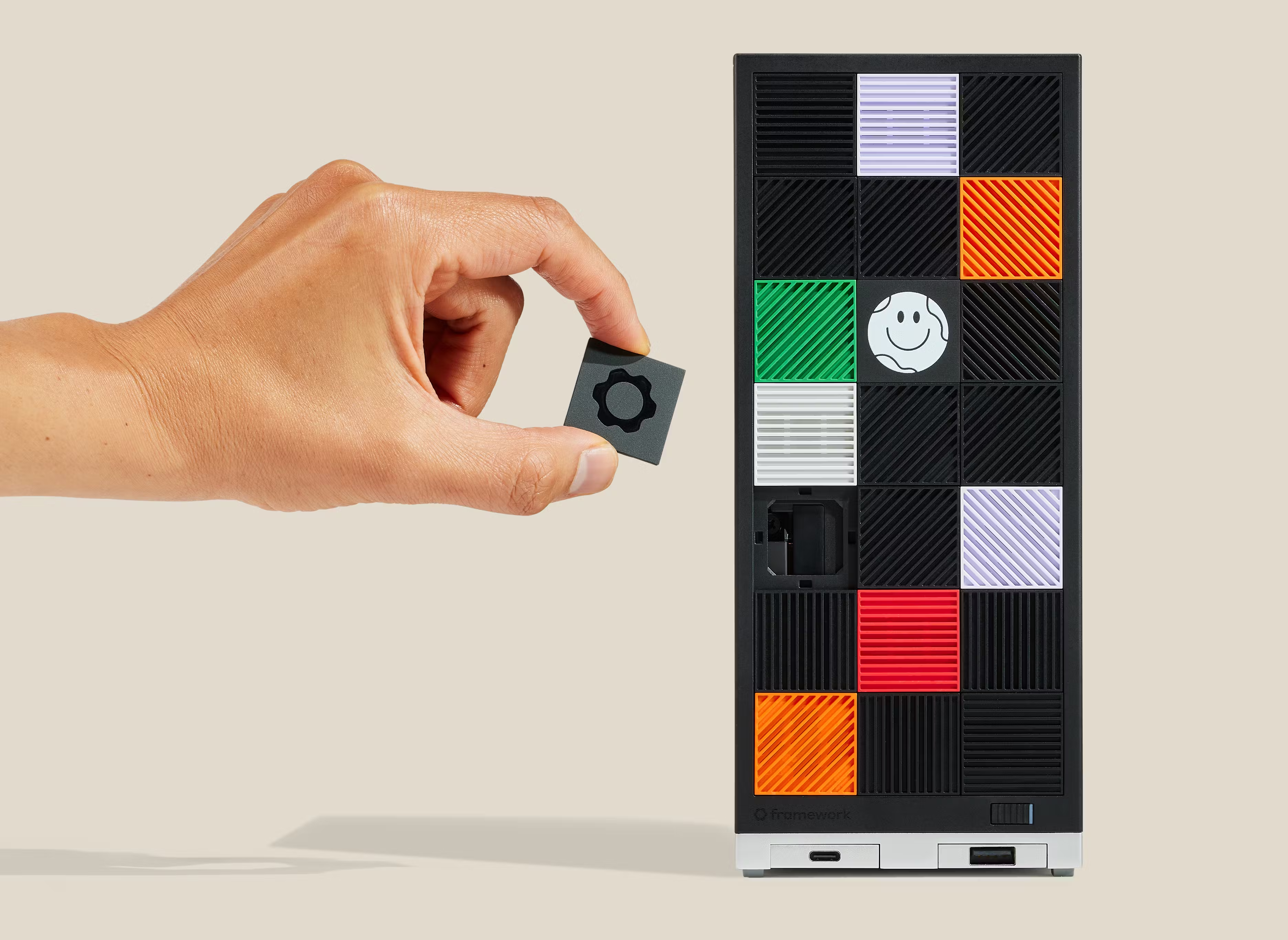- Disney is bringing its BDX Droids to more parks around the world
- Smugglers Run will get its Mandalorian themed overlay in 2026
- Fantastic 4 characters will make their Disneyland debut this summer
Disney Imagineering has made a lot of wonderful stuff, but the BDX droids – aka the trio of, at times, fast-moving, animated, and beeping droids – punch above the rest as the most adorable and fun. They’ve been staples at Disneyland’s Galaxy Edge – Galaxy’s Edge West for those in the know – and will soon be approved for intergalactic missions.
Announced at SXSW 2025 during the Disney Experiences’ “The Future of World-Building at Disney” panel, the BDX Droids are coming to other Disney Parks around the globe. Disney World, Tokyo Disney Resort, and Disneyland Paris will all get an extra dose of Star Wars fun courtesy of the BDX Droids.
I’m thrilled to see Disney World included there – specifically Hollywood Studios, as that’s where Galaxy’s Edge is located. I'm from New Jersey, and I’ve never been to Disneyland. Still, this will give countless folks in Florida, Tokyo, and Paris a chance to see the fun-loving droids in person.
When the BDX Droids first premiered at Disneyland, a Droid trainer introduced them as being built from other parts and that they were explorer droids. With the ability to take image scans, bob their heads, and even perform a little dance, they're simply adorable and much less dystopian than other robots we’ve seen.
Four actuators in the head and neck and five in each leg allow the robot to move and balance on one foot. Disney Imagineering also includes several computers, a swappable battery, LED displays behind the eyes, speakers, a flashlight, and antennas, among other tech.
Further, Disney Imagineering’s BDX Droids will also be featured in the forthcoming The Mandalorian and Grogu film, which hits theaters on May 22, 2026. You can see photos of them on the set of the film above, and in the gallery below.
We’ll have to see if they’re friends or foes to Grogu and the main character. Time will tell, but we have a long way to go.




One of Disneyland’ and Disney World’s best rides is about to look different




While Rise of the Resistance at Galaxy’s Edge at Disneyland and Disney World is likely the current showstopper attraction, Disney’s giving Smugglers Run, the original opening attraction for the land, a much-anticipated update.
Originally announced back at the 2024 D23 Expo alongside countless other Disney Parks announcements, including a Villains Land for Magic Kingdom and an expansion of Avengers Campus at Disneyland, we know when Smugglers Run will get a new overlay. Currently, you're either a pilot, gunner, or engineer aboard the Millennium Falcon – one of the fastest ships in the galaxy – and can take part in a smuggling mission with appearances by Hondo Ohnaka and Chewbacca.
The ride will be getting a new spin and an entirely new theme, though. Arriving on May 22, 2026, Smugglers Run will have a Mandalorian and Grogu theme. Exactly what that entails is to be confirmed, but Disney announced on stage that the mission will bring you, Mando, and Grogu to iconic locations in the Star Wars universe like Cloud City, Tatooine, and Endor. It’ll be an exciting upgrade and likely breathe new life into the attraction.
To get some ideas, you can stream The Mandalorian on one of the best streaming services around, Disney Plus.
And if you're at the park, you can join the Bounty Hunters Guild with your iOS or Android phone.
Fantastic Four’ Mister Fantastic, Invisible Woman, Human Torch, and Thing will arrive in Disneyland

While the first half of the panel was focused on Star Wars, there is some good news for Marvel fans. We’re all counting down the days until The Fantastic Four: First Steps arrives in theaters on July 25, 2025.
And if you’ve had meeting one of the Fantastics on your wishlist for some time, you’ll be able to do just that at Disneyland. Arriving in the Tomorrowland section of the park in the summer of 2025 (late May to early September), you’ll find new experiences and be able to meet the main characters – Mister Fantastic, Invisible Woman, Human Torch, and Thing.
There will also be another robot, H.E.R.B.I.E, making its life-like debut during these experiences. The main characters will arrive first, while H.E.R.B.I.E is still being worked on with Marvel and Disney Imagineering.

Additionally, Robert Downey Jr. appeared alongside Kevin Fiege to discuss the two new attractions arriving at the Avengers Campus at Disneyland. We already know Robert Downey Jr. was reprising his role as Tony Stark for a new Flight Lab attraction; now we know you'll sit in a special pod that gets attached to a robotic arm that will make 'several high-speed maneuvers' in the style of Avengers heroes.
You can see a full replay of The Future of World-Building at Disney” panel below, with commentary from Disney Experiences Chairman Josh D’Amaro and Disney Entertainment Co-Chairman Alan Bergman. Plus, you can see what else Disney Imagineering has been up to with our deep dive into the Haunted Mansion Parlor aboard the Disney Treasure.
You might also like
- Going to Disney World? Don’t miss this free, immersive Star Wars Galaxy’s Edge experience
- 7 new Disney Parks attractions unveiled at D23 2024 that I'm most excited for
- Watch: Disney christened its new cruise ship with an eye-popping 1,000-plus drone show
- One of iPhone’s best features is finally going to Disney World and Disneyland
from Latest from TechRadar US in News,opinion https://ift.tt/xH3Alkc




